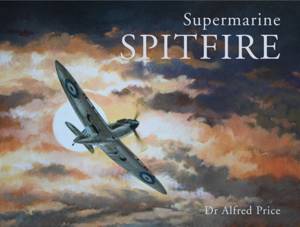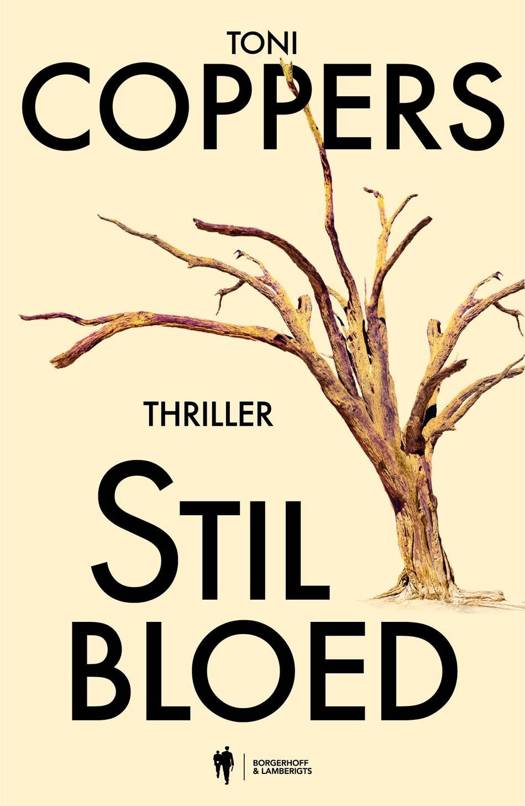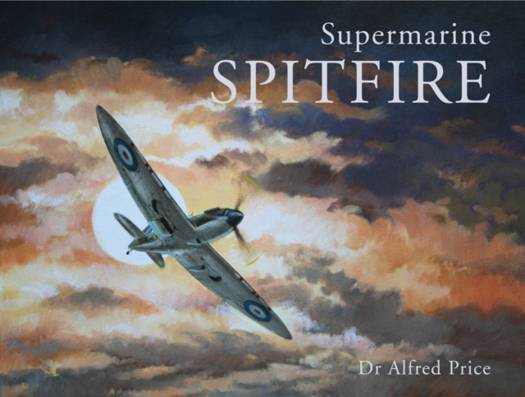
- Afhalen na 1 uur in een winkel met voorraad
- Gratis thuislevering in België vanaf € 30
- Ruim aanbod met 7 miljoen producten
- Afhalen na 1 uur in een winkel met voorraad
- Gratis thuislevering in België vanaf € 30
- Ruim aanbod met 7 miljoen producten
Zoeken
Omschrijving
The Spitfire was one of the most - perhaps the most - successful fighter designs of all time and its service career linked the biplane era with the jet age. Yet the Spitfire is much more than just a superb flying machine. During World War 2 it occupied a unique place in the psyche of the British people and many believed it played a major part in saving the nation from defeat during the grim days of 1940. The wing design gave it a distinctive silhouette which led to its almost legendary status during the Battle of Britain, and its inimitable drone was immediately recognizable to those on the ground. Even now, those who lived through the Battle of Britain can instantly recognize the sound of a Spitfire in the sky.
The Spitfire was produced in greater numbers than any other British aircraft and was the only Allied fighter in production throughout the war. This new handsome history looks in detail at the development of the Spitfire from its heroics in the Battle of Britain right through action in the European Theatre, Pacific Theatre and the South-East Asian theatre when it wasthe backbone of RAF Fighter Command. Much loved by its pilots, the Spitfire saw service in several roles, including interceptor, photo-reconnaissance, fighter-bomber, carrier-based fighter, and trainer; it was built in many different variants, with two different types of engine and several wing configurations.
Commissioned especially to commemorate the 70th anniversary of the Battle of Britain, this striking book will be a fitting tribute to one of the greatest symbols of British wartime success and victory, and provides everything any aviation enthusiast or historian could wish to know about this irreplaceable British icon.
Contents
Preface
1. Antecedents
2. A new fighter takes wing
3. Spitfire into service
4. The Battle of Britain
5. Eye in the sky
6. Maintaining Spitfire production
7. RAF Fighter Command takes the offensive
8. Spitfires to Malta
9. New Spitfire variants
10. Spitfires far and wide
11. Enter the Griffon Spitfire
12. Final Spitfire fighter variants
13. Spitfires international post-war
14. The legend lives on
The Spitfire was produced in greater numbers than any other British aircraft and was the only Allied fighter in production throughout the war. This new handsome history looks in detail at the development of the Spitfire from its heroics in the Battle of Britain right through action in the European Theatre, Pacific Theatre and the South-East Asian theatre when it wasthe backbone of RAF Fighter Command. Much loved by its pilots, the Spitfire saw service in several roles, including interceptor, photo-reconnaissance, fighter-bomber, carrier-based fighter, and trainer; it was built in many different variants, with two different types of engine and several wing configurations.
Commissioned especially to commemorate the 70th anniversary of the Battle of Britain, this striking book will be a fitting tribute to one of the greatest symbols of British wartime success and victory, and provides everything any aviation enthusiast or historian could wish to know about this irreplaceable British icon.
Contents
Preface
1. Antecedents
2. A new fighter takes wing
3. Spitfire into service
4. The Battle of Britain
5. Eye in the sky
6. Maintaining Spitfire production
7. RAF Fighter Command takes the offensive
8. Spitfires to Malta
9. New Spitfire variants
10. Spitfires far and wide
11. Enter the Griffon Spitfire
12. Final Spitfire fighter variants
13. Spitfires international post-war
14. The legend lives on
Specificaties
Betrokkenen
- Auteur(s):
- Uitgeverij:
Inhoud
- Aantal bladzijden:
- 128
- Taal:
- Engels
Eigenschappen
- Productcode (EAN):
- 9781857803242
- Verschijningsdatum:
- 1/07/2010
- Uitvoering:
- Hardcover
- Formaat:
- Genaaid
- Afmetingen:
- 221 mm x 295 mm
- Gewicht:
- 839 g

Alleen bij Standaard Boekhandel
+ 52 punten op je klantenkaart van Standaard Boekhandel
Beoordelingen
We publiceren alleen reviews die voldoen aan de voorwaarden voor reviews. Bekijk onze voorwaarden voor reviews.








